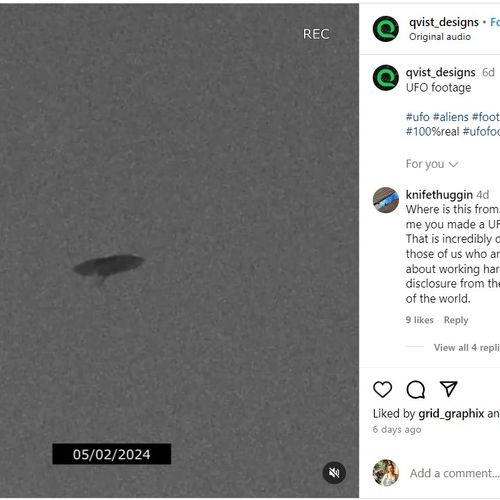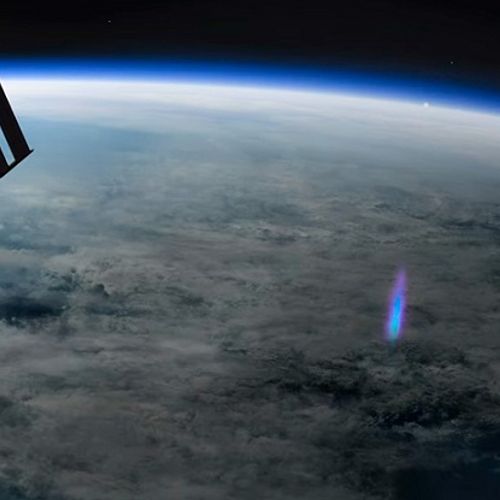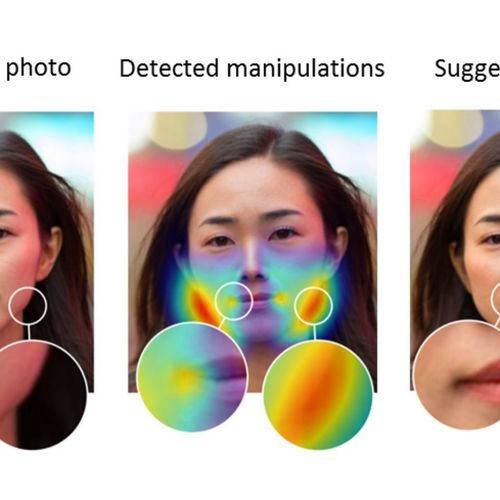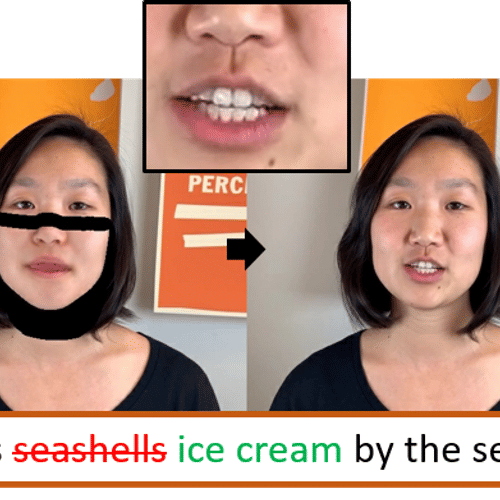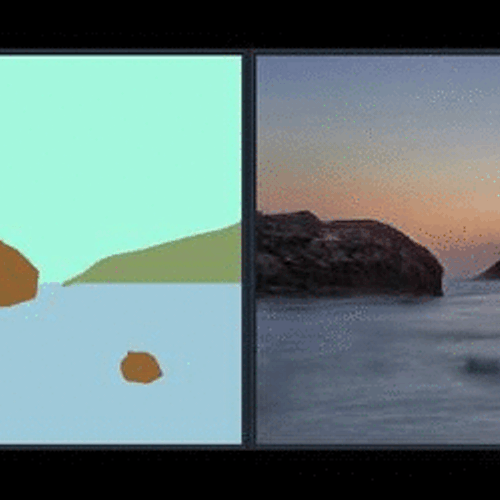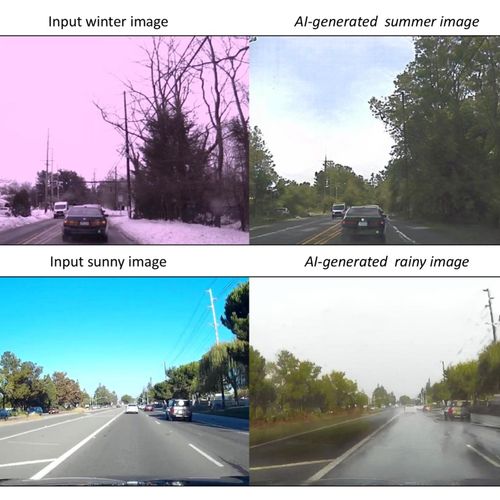
| Added | Tue, 19/03/2019 |
| Источники | |
| Дата публикации | Wed, 06/12/2017
|
| Версии |
Researchers at NVIDIA have created a neural network that can change the weather and time of year on video, while reducing the time required for AI learning. Used to couple generative-adversarial networks (GAN) and learning method without a teacher.
Previously, most of the projects for deep learning used training c teacher. This gave the machines the ability to detect objects almost as well as people. For example, supervised learning works well when the network is challenged to see the difference between a Corgi and a German shepherd. In this case, the marked images of both species readily available for study.
Team NVIDIA went ahead and gave the machine a task on the imagination to show how the snow-covered road landscape will look like in the summer. To do this, the researchers used unsupervised learning and generative modeling.
The top two images demonstrate that the first network is trained on the winter scene, cloudy sky, bare trees, almost all covered with snow, except for the cars driving on the frozen road. The second network is trained to understand how it usually looks in the summer, but she was trained on a different landscape.
For the simulation an identical situation, but in the summer, it would take the same footage recorded from the same angle with the same perspective, with oncoming traffic and other details, but taken separately in summer and winter. But in unsupervised learning, there is no need.
Stream image was made possible thanks to the use of networks, joint latent space. Thus, the two generative network was associated with each other through the connection of their parameters. The summer version of the winter pictures were created by transferring representation from one network to another.
The company says:
The use of generative-adversarial networks is not new in the unsupervised learning, but research NVIDIA has yielded results — the shadows, peeking through the thick foliage under partly cloudy skies is way ahead of everything that came before. Data can be captured once and then simulated in different virtual environments: when the sun is shining or overcast, snowing or raining, and even at night.
Translated by «Yandex.Translator»
Новости со схожими версиями
Log in or register to post comments

